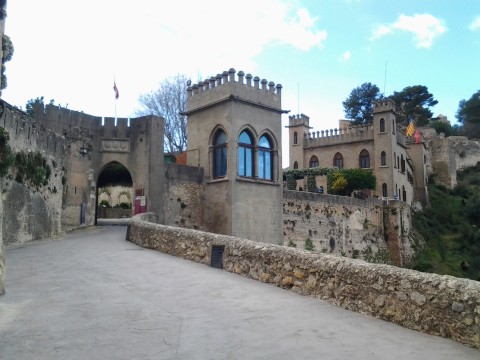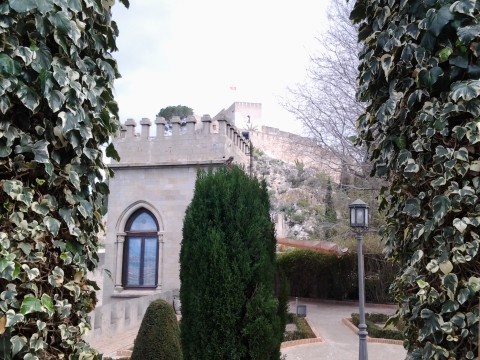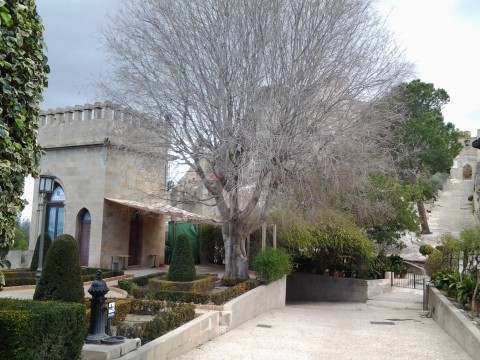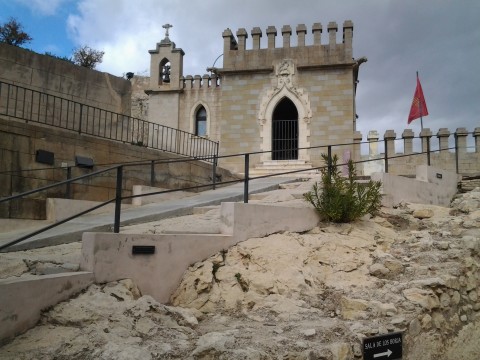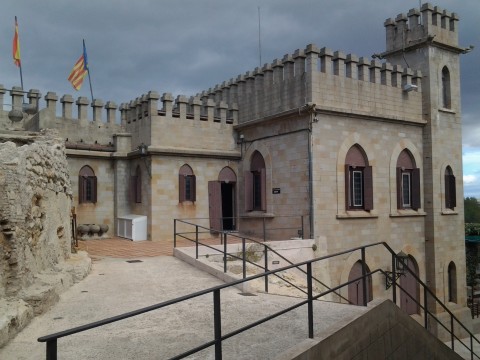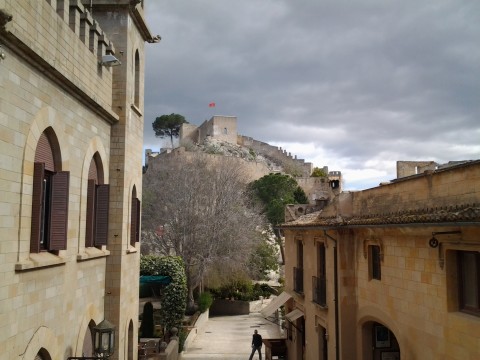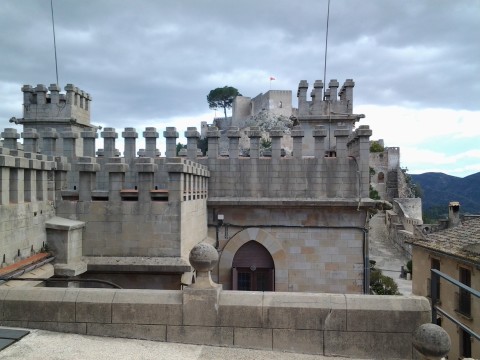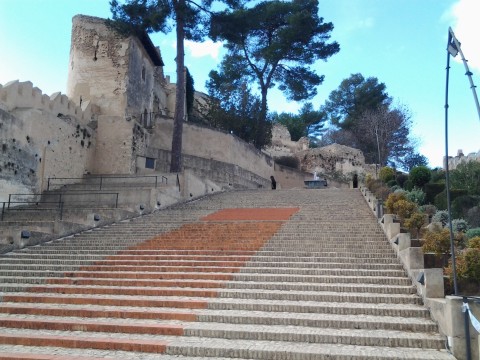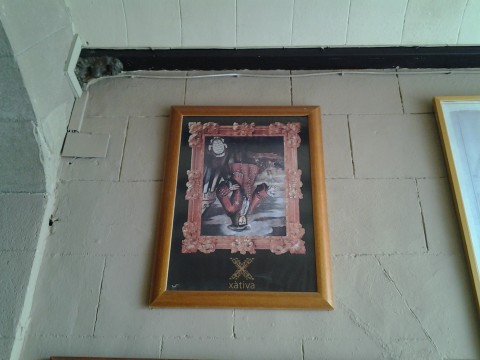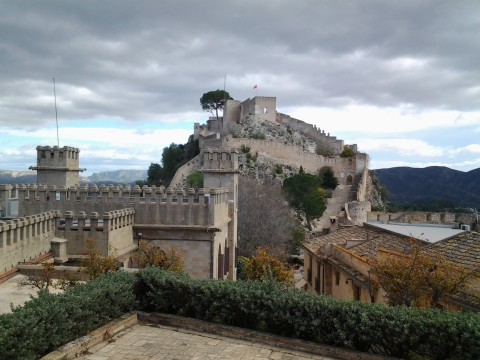In April 2023 the Star Wars spin-off ‘Andor’ used Xàtiva castle to shoot some scenes for the second season. Valencia’s City of Arts and Sciences also featured.
Thanks to www.moviesmadeinspain.com for this information.
Xàtiva is one of those towns you often drive past on the way elsewhere, usually commenting on how great the castle looks.
When finally you go up there, sometimes among the clouds to take a look, you find yourself in a different world, although a study of the castle’s history is enough to remind you that past inhabitants weren’t as isolated from the affairs of men as they might have liked to be.
After the Battle of Almansa in April 1707, the forces loyal to the Habsburg pretender to the Spanish throne, the Archduke Charles of Austria, were in disarray and beat a retreat towards Catalonia. Only a few pockets of resistance held out. One of them was Xàtiva on the road to Valencia from Almansa
Xàtiva was a strategically located town of great importance. In 1150 Europe´s first paper mill was founded there, using rice and straw as the raw materials. The paper is still known in Morocco by the name of ‘xativi.’
Xàtiva managed to produce two Popes, both members of the notorious Borja family; Calixtus 3rd and Alexander 6th.
Between its conquest from the Moors in 1244 by King Jaime I and 1707, Xàtiva, known as ‘Saetabis’ to the Romans, was Valencia’s second most important city.
After Almansa, General D’Asfeld at the head of 3,500 troops marched to Xàtiva to crush the resistance organised there by Miquel Purroi and Josep Marco at the head of 2,000 Valencian irregulars and a contingent of 700 British troops. He arrived at the city on May 5th 1707.
On the 23rd May, barely a month after the Battle of Almansa, the assault began at the Calvari Alt, and the following day at the gate known as la Porta dels Banys. A massacre of civilians hiding in the Sant Augusti church encouraged many of the 18,000 civilians inside the town to flee.
On the 3rd of June, The Duke of Berwick recommended to Felipe V that the town be burnt and the inhabitants transported to La Mancha as a lesson to other would-be resistors.
When the fighting finally ceased, after 21 days, the attackers had lost 500 men, and the defenders, 270. The defenders were allowed to march away with full military honours, as was the custom in that epoch. The victorious troops immediately began to loot and pillage; but the worst was yet to come.
On 12 June, following orders from the Duke of Berwick, the victor of the Battle of Almansa, the troops of Felipe V began to evacuate the town, house by house, and then set fire to it on the 19th of June as a punishment for having resisted the Borbon pretender. The town burned for 8 days, as the remaining inhabitants were marched away towards Castille.
Among those garrotted for having resisted their ‘rightful’ King was the Judge Joan Pròxita.
A few years later, a local painter was given the task of painting various portraits of King Felipe V. One of these portraits, which today hangs in the Almodí Museum in Xàtiva was, in 1940, turned upside down by the museum curator, Carles Sarthou, in a late protest against the burning of the town, and has remained in that uncomfortable position to this day, although it is now more a question of attracting tourists to the museum to see this curiosity for themselves than a passionate defence of Valencia’s statutes, which were annulled by Felipe.
By August 1708, King Felipe’s wrath had cooled down and he ordered the city to be re-built and renamed Nueva Colonia de San Felipe, a name which was rescinded in 1812 by the Spanish Parliament, besieged in Cádiz by Napoleon’s troops.
After the tragedy at Xàtiva, its inhabitants came to be known as ‘Socarrats,’ literally ‘the scorched.’
Despite its magnificent appearance today, the castle has suffered many moments of destruction, principally the earthquake of 1748, which also destroyed the nearby castle of Montesa.
Later, during the Napoleonic War, Marshal Suchet ordered the destruction of the castle after his retreat from there in 1812.

